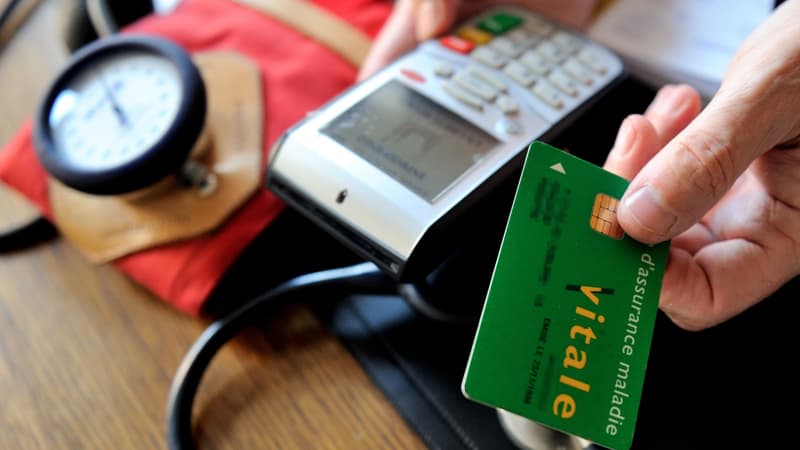No, the biometric vital card will not see the light of day. However, last summer, the senators had released an endowment of 20 million euros to start the project. The objective was to fight against fraud in public finances.
But a report from the General Inspectorate of Finance (IGF) and the General Inspectorate of Social Affairs (IGAS) completely cast doubt on the feasibility of implementing the biometric vital card. Contacted by Tech & Co, the Ministry of Public Accounts agreed with this opinion.
1.2 billion euros to collect fingerprints
Published on May 31, but consulted by BFMTV the day before, the report estimates that the biometric vital card would generate too many costs. The biometric nature of the object would have made it possible to integrate data such as a person’s fingerprints or iris onto the card. But this harvest alone is estimated at 1.2 billion euros in five years.
In addition, this type of title insurance would also have had a financial impact during its manufacture or use. If the current vital card costs 3 euros, the biometric version costs about 10 euros. And once created, it is the card readers that should have been replaced in health professionals: that is an additional 12 million euros, recalls the specialized site Actors Publics.
For this reason, the IGF and IGAS report is more oriented towards a fusion of the vital card and the identity card. Since March 2021, its new format has strengthened its security. Thus, the chip or the QR code of this new card could integrate a person’s social security identifier.
This summer a prefiguring mission will be launched that must present its conclusions before the end of the year, explained Gabriel Attal, Delegate Minister of Public Accounts, on BFMTV on May 30. You will have to define the possible modalities to carry out said merger. It will also be an opportunity to lift the reservations expressed by the Cnil, the data police, about the operation.
Source: BFM TV


